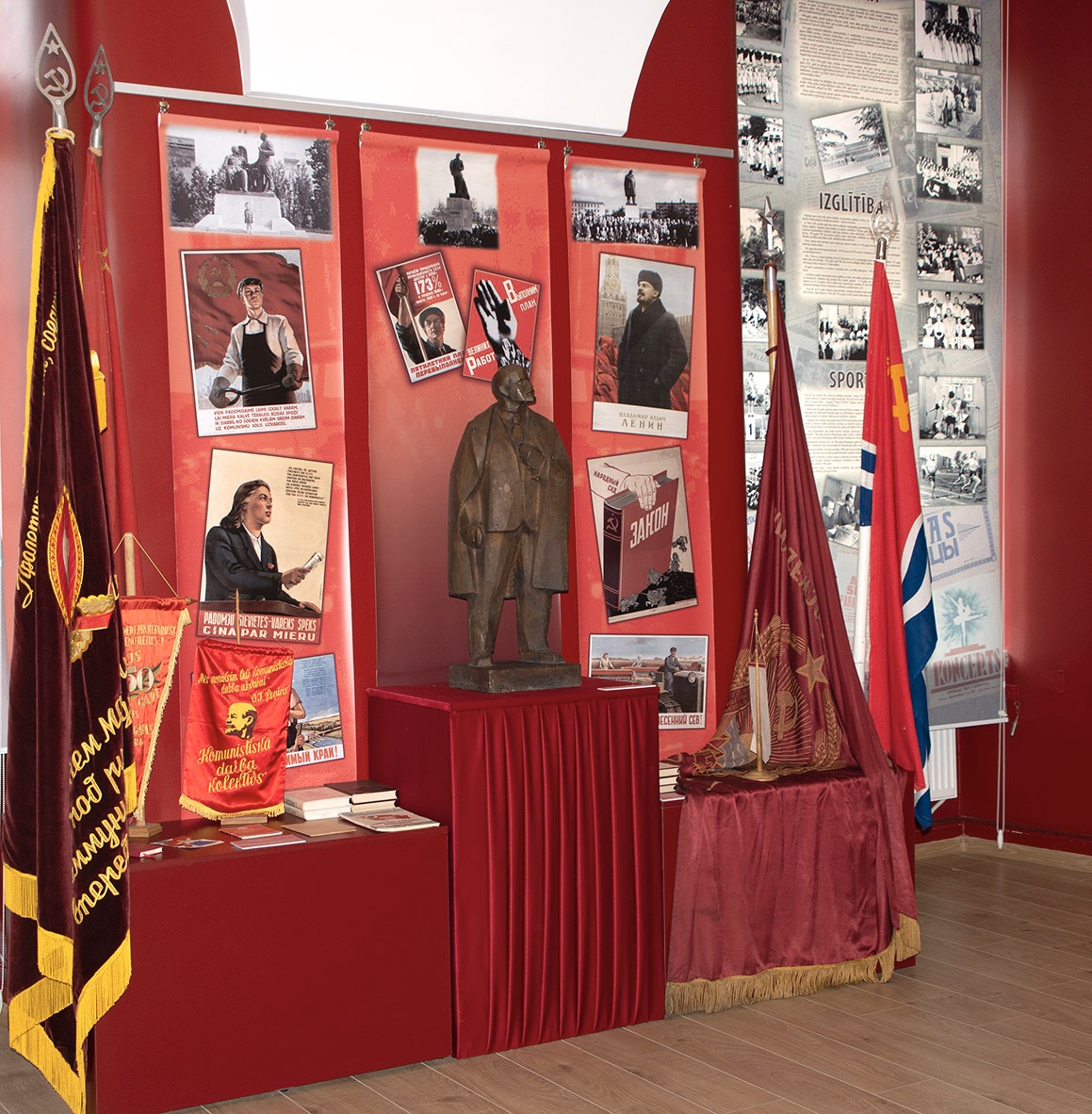Museum of Jelgava

Life continues under foreign rule

Exposition “Life continues under foreign rule” conceptually and chronologically continues the exposition “Jelgava – the pearl of Semigallia” which opened in 2012.
For the Latvian nation, the 20th century was a “century of survival” in its literal meaning (the Latvian population decreased during the 20th century), which intertwined with efforts of trying to safeguard the Latvian nation, culture, and identity.
The most important years in the timeline of the Latvian nation during the 20th century were 1918, 1940, and 1991, starting with establishing the state, its demise, and restoration. During the 20th century for almost 70 years, Latvia politically was under foreign rule, which dictated economic and social structure, at times it was inadequate. In the first 20 years of the Republic of Latvia was overwhelmed with celebration in the spirit of nationalism, and most of the people didn’t recognize the threats to the state’s independence – Baltic Germans leaving, Molotov–Ribbentrop Pact, agreement about stationing USSR military bases, increasing support leftist ideas.
For Jelgava like the rest of Latvia 1940 was a turning point, but unlike Latvia, Jelgava in the next 4 years lost almost everything – citizens, the city, and slowly lost hope that something of Jelgava’s glory will be left. On the 17th of June 1940, the USSR army settled in Latvia’s territory strengthening further plans for annexation. The last part of the plan came to fruition when the newly created government of Augusts Kirhenstein accepted a law about the Saeima’s election. The election took place on the 14th and 15th of July 1940. With the occupier’s army in the country and “breathing on” voters’ necks the outcome of the election was predictable – 97.6% of the voters voted “for”. 179155 voters from Semigallia voted, and 22605 were citizens of Jelgava. Only 5653 votes were cast “against” in Semigallia. On the 18th of July 1940, demonstrations on the streets took a different turn with slogans such as “Glory to Latvia as the Republic of the Soviet Union”, “We ask for Stalin’s constitution” and so forth. While full-filling “civilians’ will” on the 21st of July 1940, the newly elected Saeima proclaimed the Latvian Soviet Socialist Republic and became a part of the USSR. Kārlis Ulmanis until the fateful 21st of July was president and dutifully signed legislation by the new government. On the 5th of August Latvia became the 15th republic under USSR control. It was decided that Latvia was a backward agrarian country that needs “brotherly guidance” from all other republics of the USSR.
Changes happened on all levels – government, municipality structure, social, economic, and so on. Even the city’s crest from 1940 to 1991 was changed multiple times – from the background color to the size and shape of the shield. Luckily for Jelgava, the heraldic animal deer remained the same. Sometimes it was referred to as moose. The misinterpretation of the animal was a source of conflict, but at that time it was not possible to “clear the air” and to officially reference the descriptions of the crest written in 1925 and 1939.
We lived under a foreign flag, participated in demonstrations and rallies, and were surrounded by symbols of the Soviet Union visible everywhere – on walls of the buildings, schools, workplaces, in art, and daily used products. We used rubbles and kopeck as currency to pay for products in stores. Latvians living in Soviet Latvia lived and worked, and only a few still held hope for Latvia to regain independence.



